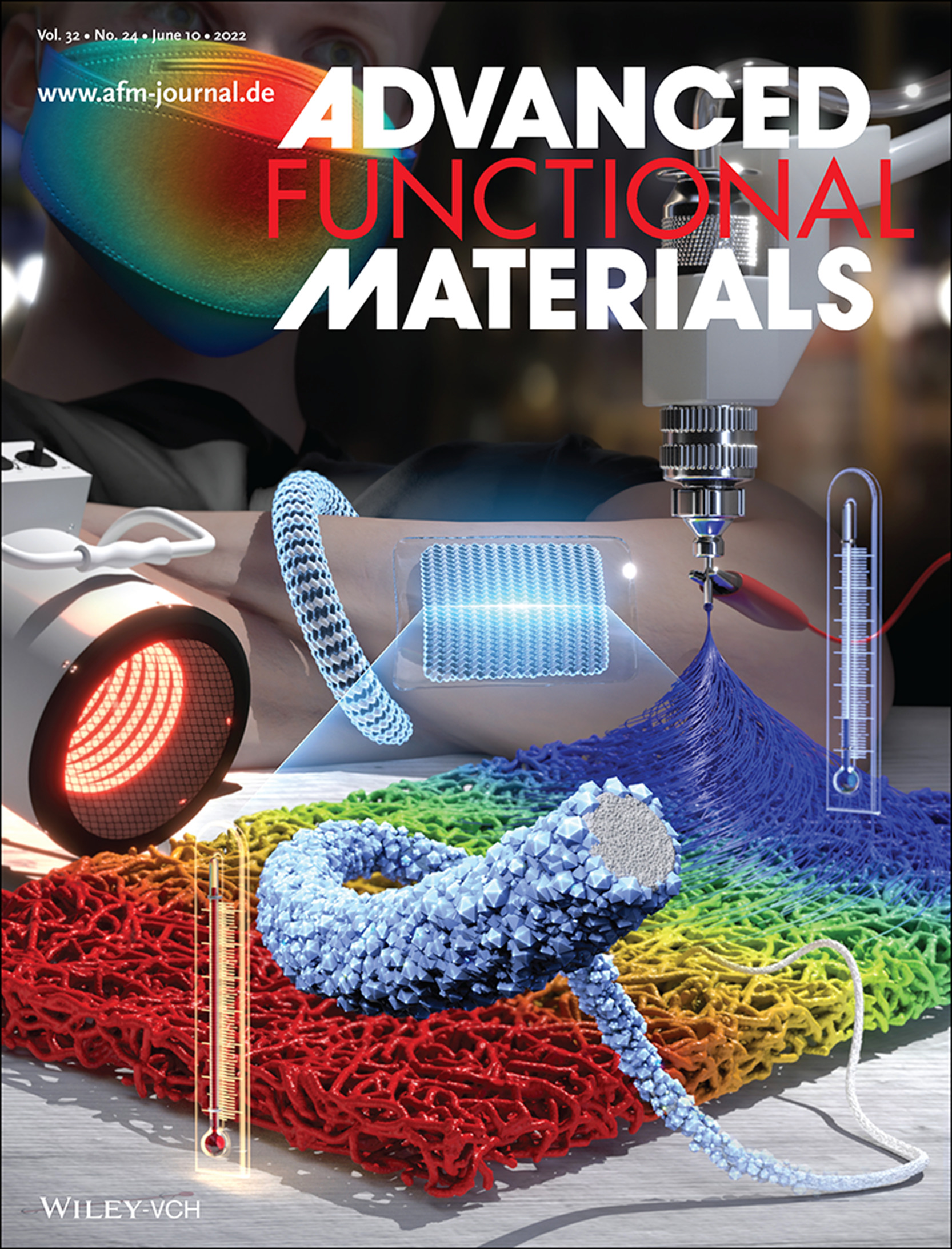Assembly of Metal–Phenolic Networks on Water-Soluble Substrates in Nonaqueous Media
, , , , , , , , , Assembly of Metal–Phenolic Networks on Water-Soluble Substrates in Nonaqueous Media. Adv. Funct. Mater. 2022, 2111942. https://doi.org/10.1002/adfm.202111942
Interfacial modular assemblies of eco-friendly metal–phenolic networks (MPNs) are of interest for surface and materials engineering. To date, most MPNs are assembled on water-stable substrates; however, the self-assembly of MPNs on highly water-soluble substrates remains unexplored. Herein, a versatile approach is reported to engineer thickness-tunable coatings (2–25 µm) on a water-soluble substrate (i.e., urea) via the self-assembly of MPNs in a nonaqueous solvent (i.e., acetonitrile). The coordination-driven assembly of the MPN coatings in the nonaqueous solvent is distinct from that in aqueous systems, as the assembly is only achieved following the addition of urea granules into the iron–tannin solution. The coating occurs relatively rapidly (5–60 min), generating micrometer-thick coatings from the adsorption of FeIII–TA complexes and micrometer-sized FeIII–TA particles formed in solution. The straightforward nature of the present fabrication method in generating thick and robust coatings with high stability in nonaqueous environments (including at 60 °C) coupled with the broad range of available naturally abundant polyphenol–metal ion combinations expand the applicability of MPNs as coatings for water-soluble materials, thus providing new opportunities for their broader application in a range of industrial processes and applications.
Read our summary blogpost here.

